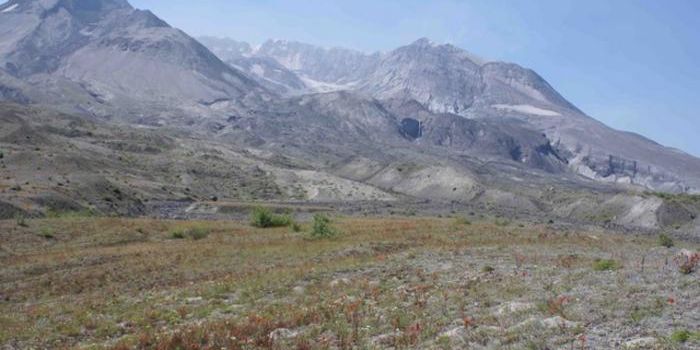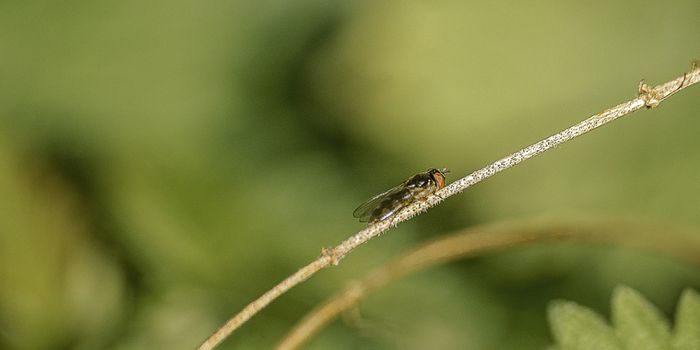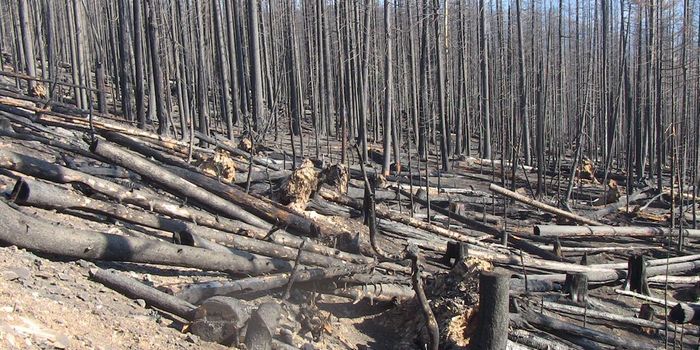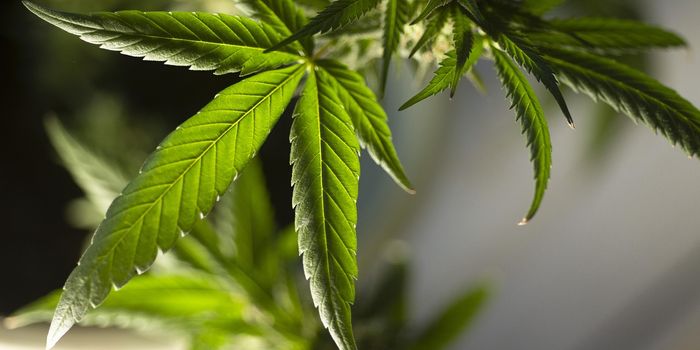Increasing Production of Aquatic "Blue" Foods Promotes Sustainable Access To Healthier Diets
What is a “blue” food? Hint: it doesn’t mean foods that are blue in color.
“Blue” foods are actually “aquatic” foods, or foods gathered from the water, such as fish, crab, and seaweed, among others. Blue foods are growing in popularity and may be a solution to both food insecurity and sustainable food production.
Several recently-published articles in Nature focused on the environmental impacts of producing these kinds of foods, how climate change could affect production of these foods, and how these foods can create food security for people around the globe.
To further explore these questions, researchers created models to study what would happen if production of aquatic foods was ramped up, finding that an increase of 15 million tons of blue food availability above the norm could lead to 26% reduction of blue food prices and increase access to them, reducing the need for red meats and similar foods.
Researchers also estimated that demand for blue foods is expected to nearly double in the next 30 years. This need is expected to be met through increased aquaculture production, rather than more traditional, open-access capture fishing methods.
There are several reasons why the shift to blue foods could not only help climate change as a more eco-friendly food production method but also help promote healthier, more nutritional diets for humans. For example, according to the United Nations, access to a healthy diet is out of reach for many, which causes many hidden health-related costs. Increasing access to blue foods could help feed people struggling with food insecurity, provide a dietary option rich in important vitamins and minerals, such as omega-3 fatty acids that many don’t get in their diets, and potentially address obesity in people.
Blue foods also have a lower environmental footprint than other terrestrial animals produced for food, signaling that increased blue food production could offer an environmentally sustainable alternative food source that also supports local communities.
And yet, ecosystems supporting aquatic life, such as fish, are under threat by climate change as warmer temperatures reduce oxygen levels in the ocean. Finding ways to support local, sustainable blue food production practices will be essential to helping increase access to these nutrient rich foods.
Sources: Science Daily; Nature; United Nations; Harvard








